The Top Twenty Takeover Candidates among Publicly Traded Alternative Energy Companies Headquartered in the U.S.
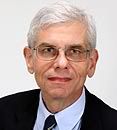
As I’ve mentioned, speaking with Bill Paul really is like drinking from a fire hose. I ask a question, shut up, and take notes patiently, as if I were a court stenographer. Bill wades through 75 different data streams every day of the week, and recently he’s been focusing on mergers and acquisitions – the subject of the report — looking for great volatility and the accompanying opportunity. He has a great deal of incredibly well researched material assembled here.
Where most stock brokers focused on the energy sector read about oil and gas, and a few know something about solar and wind, most of the money to be made in the coming few years in renewables will be derived from places in which very few people are looking. “New energy” is a constantly changing combination of dozens of intertwining technologies – and changes in infrastructure, e.g., smart grid, electric transportation, energy storage — as well as clean fuel sources.
Bill has really nailed this in his report. I hope you find it valuable. We weren’t able to give this one away, but there is a 100% money-back guarantee if for ANY reason you’re not completely satisfied.
We’re quite proud of our exclusive relationship with Bill. We are honored to have an exclusive arrangement whereby this incredible content is made available to a world so ravenously hungry for solid information — in a market that can be so terribly fickle and difficult to grasp.


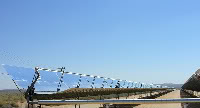
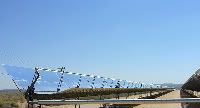 The other day, I wrote a short post on Renewable Energy World extolling the virtues of concentrated solar power, and predicting that CSP would someday (probably in my grandchildren’s lifetimes) dominate the landscape of world energy production. Almost immediately, someone asked me why I held that belief, and I realized that I should have provided a bit of my reasoning. In brief, here it is:
The other day, I wrote a short post on Renewable Energy World extolling the virtues of concentrated solar power, and predicting that CSP would someday (probably in my grandchildren’s lifetimes) dominate the landscape of world energy production. Almost immediately, someone asked me why I held that belief, and I realized that I should have provided a bit of my reasoning. In brief, here it is: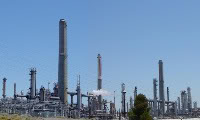
 I wrote a blog post on “
I wrote a blog post on “
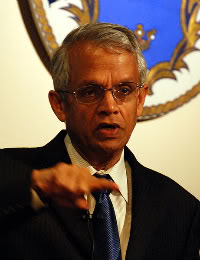
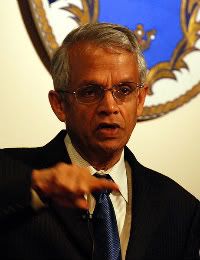 When I was back East earlier in the week, I had the opportunity to speak with Bill Paul on a great number of interesting topics related to our renewable energy field. I happened to mention that the public attitude that surrounds global climate change is a moving target, and I speculated that I knew the essential cause: people tend to react more violently to immediate, close-to-home crises (e.g., their personal financial scene) than they do to those that are more distant — either in space (foreign wars) or in time (global climate change). “Yes,” Bill agreed, “No one has the bandwidth to watch a slow-motion train wreck.” What a good metaphor that is.
When I was back East earlier in the week, I had the opportunity to speak with Bill Paul on a great number of interesting topics related to our renewable energy field. I happened to mention that the public attitude that surrounds global climate change is a moving target, and I speculated that I knew the essential cause: people tend to react more violently to immediate, close-to-home crises (e.g., their personal financial scene) than they do to those that are more distant — either in space (foreign wars) or in time (global climate change). “Yes,” Bill agreed, “No one has the bandwidth to watch a slow-motion train wreck.” What a good metaphor that is.
 I’m headed for New York later today for a series of meetings — some with people frequently mentioned here. I’ll be having dinner Monday night on the Upper West Side with Rona Fried, whose
I’m headed for New York later today for a series of meetings — some with people frequently mentioned here. I’ll be having dinner Monday night on the Upper West Side with Rona Fried, whose